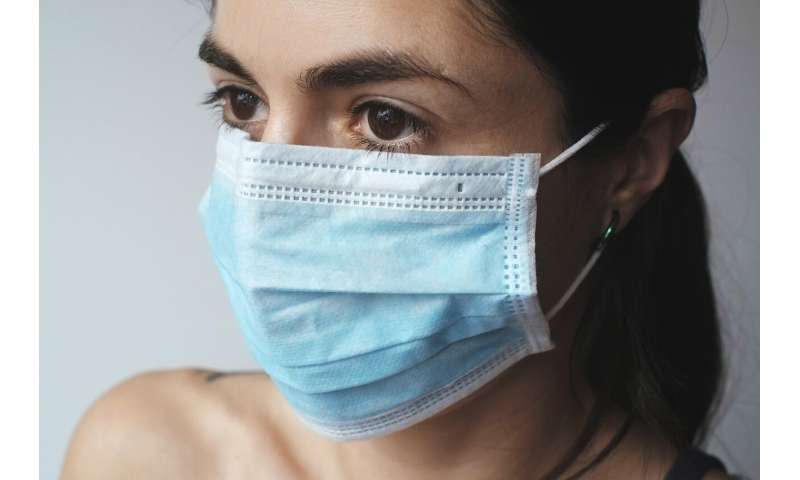
The Louise roundabout in Brussels is usually swarming with traffic but on Monday, despite the beginning of the end of the coronavirus lockdown, activity was sparse and trams near empty.
In Belgium, a densely populated country of 11.5 million inhabitants, the coronavirus has killed more than 7,900 people, the highest per capita mortality rate officially recorded anywhere.
But with its economy crashing and the health emergency easing, the pressure to reopen became too great and containment measures were relaxed, albeit very gradually, like elsewhere in Europe.
Taking bold action is never easy in the country where decision-making is split between Dutch- and French-speaking communities.
Disagreements are frequent and the complex, painstakingly negotiated solutions are considered a Belgian way of life.
Regional and national leaders even bickered over the methodology for counting the dead. For while some said was prone to overcounting and a source of embarrassment, others hailed it as exemplary.
Finally, after a fractious meeting, a slow reopening was approved. The first phase, which began on Monday, allowed companies with no face-to-face customers to reopen if teleworking was not an option.
This is to be followed by all shops reopening on May 11—applying social distancing rules—and then a first group of students to return to schools on May, 18 if all has gone well until then.
‘I’m suffocating’
Monday’s most visible measure was the order to wear masks on public transport for anyone over the age of 12.
At the bus and tram stops, few people were seen without masks, most appearing to have been stitched at home.
“I feel like I’m suffocating, it’s very unpleasant, but I comply,” said lawyer Annabel Champetier, showing her blue fabric mask with white dots.
Rene Hoffman, 81, wore a surgical mask, with his eye glasses already fogged up by his heavy breathing.
“I’m not convinced. It’s a bit much,” said the man who stressed that he had survived the last world war as a child.
In the European Union’s headquarters district, the streets were almost empty, with most civil servants still required to work from home.
A rare exception was a tech worker employed by the EU foreign service, spotted at the Schuman metro station, a transport hub usually crowded with civil servants.
“They asked me to come back to work. But I’m not on the front line like the caregivers. I would have preferred to remain confined,” the man told AFP on condition of anonymity.
Also in the EU district, a cleaning lady of Turkish background hurried to work, worried for her children alone at home since school has not resumed.
“We have to go back to work, the children are alone at home and they have to eat,” she said.
Despite the grey weather and light rain, architect Jean-Baptiste Bernard said he was delighted to be going to his first building site visit since the start of the confinement on March 18.
Source: Read Full Article
